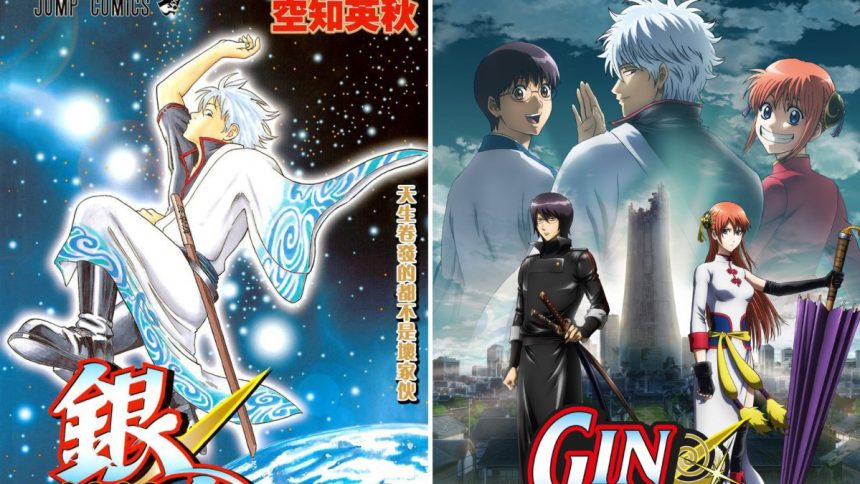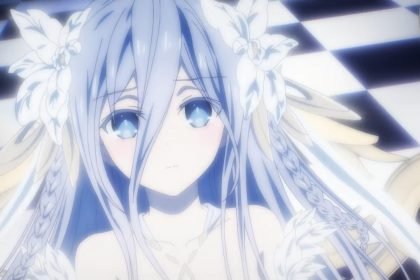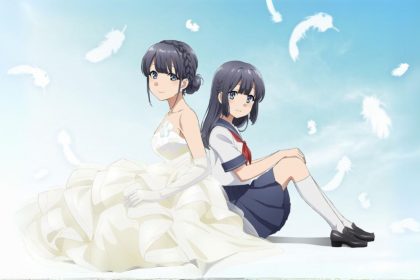Step into the captivating realm of visual storytelling as we embark on a journey to explore the exciting and distinct worlds of anime and manga. In this article, we will delve into the unique characteristics of each medium, comparing and contrasting their approaches to storytelling and examining the impact they have on audiences. Join us as we unravel the enchanting tapestry of anime versus manga and uncover the diverse narratives that captivate fans worldwide.
An Overview of Anime and Manga
Anime and manga are two interconnected forms of visual storytelling that have gained immense popularity across the globe. Anime refers to the animated adaptations of manga or original animated series, while manga refers to the printed or digital comic books or graphic novels.
In this article, we will explore two main subtopics: the immersive storytelling experience and the artistic expression of each medium.
Anime Versus Manga: The Immersive Storytelling Experience
Visual and Auditory Engagement
One of the key strengths of anime lies in its ability to engage viewers through a multi-sensory experience. With captivating visuals, vibrant colors, and fluid animation, anime brings stories to life in a dynamic and visually appealing manner. It combines stunning artwork, motion, and sound design to create a compelling narrative that immerses viewers in the world of the story.
In contrast, manga relies solely on static illustrations and the readers’ imagination to convey the story. Through the careful arrangement of panels and dialogue, manga captures the essence of a scene and allows readers to interpret the story at their own pace. It invites readers to actively participate in the storytelling process, fostering a deeper connection with the characters and their journey.
Pacing and Narrative Depth
Anime and manga also differ in their approaches to pacing and narrative depth. Anime often condenses or modifies the source material to fit within the constraints of a specific episode or season. This can result in a faster-paced narrative that propels the story forward and keeps viewers engaged.
On the other hand, manga allows for more detailed storytelling and character development. With the absence of time constraints, manga creators have the freedom to explore intricate plotlines, delve into the thoughts and emotions of characters, and present a more comprehensive narrative. This often leads to a deeper understanding of the story and a more immersive reading experience for manga enthusiasts.
Further Readings: How Manga and Anime Teach Us About Valor
The Artistic Expression
Visual Aesthetics and Art Styles
Both anime and manga showcase unique visual aesthetics and art styles that contribute to their distinct identities. Anime encompasses a wide range of artistic approaches, from the iconic, large-eyed characters of shōnen and shōjo anime to the gritty and realistic art styles of seinen and josei genres. Each art style conveys different moods and atmospheres, giving life to diverse narratives and appealing to various audiences.
Manga, too, boasts a rich tapestry of art styles, with each artist infusing their work with their own signature touch. From the detailed linework and intricate panel layouts of action manga to the minimalist and expressive art styles of slice-of-life or romance genres, manga artists employ a plethora of techniques to convey emotions, action, and storytelling.
Adaptation and Originality
One of the intriguing aspects of anime and manga is the relationship between adaptations and original works. Anime adaptations bring manga stories to life, providing a visual representation of the source material while adding their own creative interpretations. These adaptations can enhance the original story, introducing new animation techniques, voice acting, and musical scores that complement the narrative.
At the same time, manga stands as the foundation of these adaptations, offering a vast array of original stories and concepts. Manga creators have the freedom to explore diverse genres, experiment with unique storytelling techniques, and push the boundaries of visual storytelling. Manga serves as a breeding ground for creativity and innovation, constantly introducing fresh narratives and captivating readers with its originality.
Conclusion: The Dynamic Worlds of Anime Versus Manga
Anime and manga, while interconnected, offer distinct storytelling experiences and artistic expressions. Anime captivates viewers through its visual and auditory engagement, combining motion, sound, and vibrant visuals to bring stories to life. Manga, on the other hand, invites readers to actively participate in the storytelling process, fostering a deeper connection with the narrative through static illustrations and the power of imagination.
Both mediums have their own strengths and unique approaches to storytelling, enriching the world of visual entertainment. The dynamic visual aesthetics, intricate narratives, and diverse art styles of anime and manga provide audiences with a rich tapestry of stories that cater to various preferences and spark the imagination.
So, whether you find yourself captivated by the immersive experience of anime or prefer to delve into the intricate details of manga, there is no shortage of captivating narratives to explore. The worlds of anime and manga continue to evolve and inspire, leaving audiences with a sense of wonder and a desire for more.
So, grab your favorite manga or queue up your preferred anime series, and immerse yourself in the enchanting worlds of visual storytelling. Whether you choose to witness the vibrant animation and soundtracks of anime or savor the still frames and imaginative storytelling of manga, you’re guaranteed to embark on an unforgettable journey filled with memorable characters, compelling narratives, and the boundless possibilities of the visual medium.













